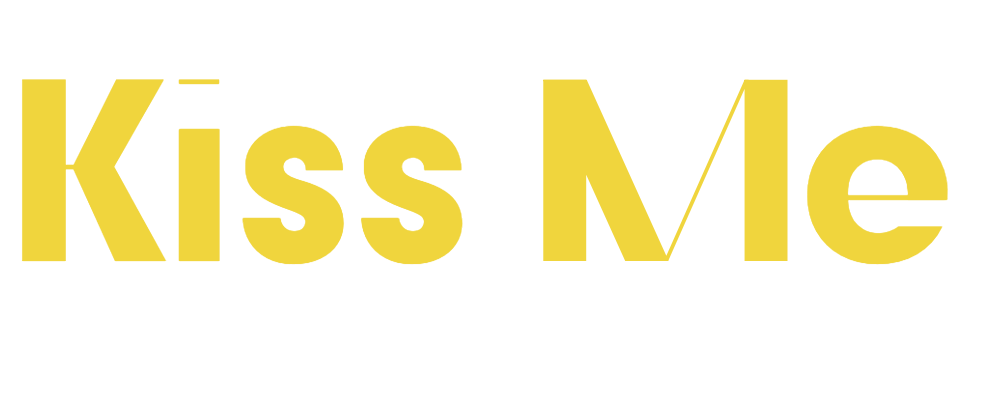Your brain uses subconscious biases and clever marketing tricks to influence your shopping choices without you realizing it. Techniques like anchoring, status quo bias, and automatic responses guide your decisions almost outside your awareness. Retailers craft store layouts and displays to exploit these mental shortcuts, encouraging impulsive buys. Recognizing how your mind can be tricked helps you make smarter, more intentional choices. Stay with us to discover how these tactics work and how to outsmart them.
Key Takeaways
- Store layouts and product placement leverage automatic responses to influence impulsive buying and decision biases.
- Anchoring and social proof subtly guide choices by framing information and creating herd mentality.
- Visual cues, signage, and proximity exploit subconscious cues to steer consumer behavior without overt pressure.
- Awareness of biases like status quo bias helps consumers make more conscious, goal-aligned decisions.
- Behavioral economics reveals how environment and mental shortcuts manipulate choices, emphasizing the importance of mindful shopping.

Have you ever wondered why people sometimes make choices that seem irrational or counterintuitive? It’s because your brain isn’t always working in the most logical way. Instead, it’s influenced by decision biases—mental shortcuts and patterns that can lead you astray. Behavioral economics uncovers these quirks, showing how your environment and subconscious cues shape your buying habits. One powerful tool used to influence your decisions is nudging strategies. These subtle prompts guide you toward certain choices without restricting your freedom. For example, a store might place healthier snacks at eye level or use appealing displays to encourage you to pick them up. These tactics tap into your automatic responses, making it easier for you to choose certain options without even realizing it.
Your decision biases, like anchoring or the status quo bias, also play a significant role. Anchoring happens when you rely heavily on the first piece of information you see—say, the original price of a shirt—making a discounted price seem more appealing. The status quo bias makes you stick with familiar options, even if better ones are available. Retailers leverage this by creating a sense of familiarity or comfort with certain brands or setups, nudging you to stay loyal or make repeat purchases. These biases often operate below your conscious awareness, hijacking your natural inclinations toward ease and familiarity. Recognizing how these decision biases operate can help you develop greater awareness of your purchasing habits.
Decision biases like anchoring and the status quo bias subtly influence your choices without your awareness.
Nudging strategies are especially effective because they work with your brain’s automatic processes rather than against them. For instance, placing energy drinks at the checkout counter increases the likelihood that you’ll make impulsive purchases. The placement exploits your tendency to make quick decisions based on visual cues and proximity, rather than careful deliberation. Retailers also use social proof—signs that show others are buying a product—to tap into your herd mentality, nudging you to follow the crowd.
Understanding these dynamics helps you see how your environment is designed to influence your choices subtly. When you’re aware of decision biases and nudging strategies, you can take more control over your purchasing decisions. It’s not about eliminating influence altogether but recognizing when your brain is being tricked and making conscious choices instead of automatic ones. By doing so, you empower yourself to shop smarter, resist unnecessary temptations, and make decisions that truly align with your goals. Recognizing these tactics isn’t just enlightening—it’s essential for *orienteering* the complex landscape of consumer behavior.
Frequently Asked Questions
How Does Marketing Influence Subconscious Buying Decisions?
Marketing influences your subconscious buying decisions through techniques like price anchoring and emotional branding. You often see higher prices first, making cheaper options seem more appealing, which is price anchoring. Emotional branding connects products to your feelings, creating a sense of loyalty or desire. These tactics subtly guide your choices without you realizing, making it easier for marketers to persuade you to buy based on feelings and perceived value.
Can Understanding Behavioral Economics Improve Personal Finance Habits?
Yes, understanding behavioral economics can improve your personal finance habits. Neuroeconomic insights reveal how your brain reacts to risk, reward, and temptation, helping you make smarter financial decisions. By recognizing these subconscious influences, you can create better habits, set realistic goals, and resist impulsive spending. Awareness of these patterns empowers you to manage money more effectively, turning insights into actions that support long-term financial well-being.
What Are Common Cognitive Biases Affecting Consumer Choices?
You often fall prey to cognitive biases like anchoring, where heuristic shortcuts influence your judgment, or scarcity, driven by emotional drivers that make you act quickly. Confirmation bias makes you seek information that supports your existing beliefs, while loss aversion causes you to fear losing money more than gaining it. Recognizing these biases helps you make more rational choices, avoiding impulsive spending and improving your financial decisions.
How Do Store Layouts Manipulate Shopper Behavior?
Store design and product placement influence your shopping by guiding your movement and choices. Stores often place essentials near the back, encouraging you to pass by other items, while strategic product placement at eye level highlights specific products. Narrow aisles and tempting displays create a sense of urgency and impulse buying. By manipulating these elements, stores subtly steer you toward more purchases, making you think you’re making free choices.
Are There Ways to Counteract Marketing Tricks at the Store?
Did you know that 60% of purchases are impulse buys? To counteract marketing tricks, stay mindful of impulse buying and set a shopping list beforehand. Be aware of price anchoring, where stores highlight a higher price to make discounts seem better. Comparing prices and sticking to your list helps you resist these tactics, ensuring you make intentional choices rather than falling for store manipulations.
Conclusion
So, next time you walk into a store, remember your brain’s tricks are like a puppet master pulling the strings. Awareness is your shield against these hidden nudges, helping you make smarter choices instead of falling for every shiny distraction. By understanding these tricks, you can navigate the aisles with a clearer mind, turning what seems like a maze of marketing into a straightforward path. Don’t let your brain be the puppet—take control and shop smarter.









